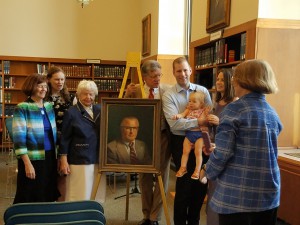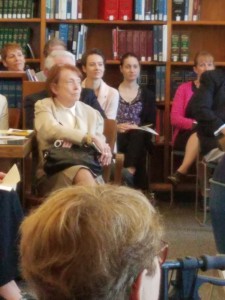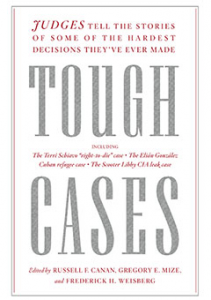We have some good news to share! The Ramsey County Law Library is now hosting a criminal defense law clinic on the first and third Thursdays of each month. The clinic was officially approved by the Law Library Board of Trustees at its December meeting.
The clinic is held in the law library, and attorneys start seeing clients at 1:00. At the clinic, people can spend up to a half an hour with a criminal defense attorney to get advice about any kind of Minnesota criminal issue.
Clients interested in talking with an attorney just need to show up to the library. Everyone is seen on a first-come, first-served basis. Just sign in at the reference desk, and library staff will escort you to the attorney when it is your turn. Clients will receive up to half an hour consultation with the attorney.
The clinic started in November with volunteer attorneys coming in and serving clients, though the clinic was not widely publicized. Through word of mouth advertising and publicity by court staff, a few people found their way up to the law library and the clinic. As the clinic is open to all Minnesota residents, volunteer attorney Steven Coodin encourages people to come to the law library if they have questions. “Everyone has the right to counsel so come and see us!”
The clinic is open to any Minnesota resident with a criminal law issue relating to Minnesota state law. There are no residential or income restrictions. However, if you are represented by a private attorney or a public defender, you unfortunately cannot come to the clinic.
For more information, please contact the Ramsey County Law Library at 651-266-8391.


























